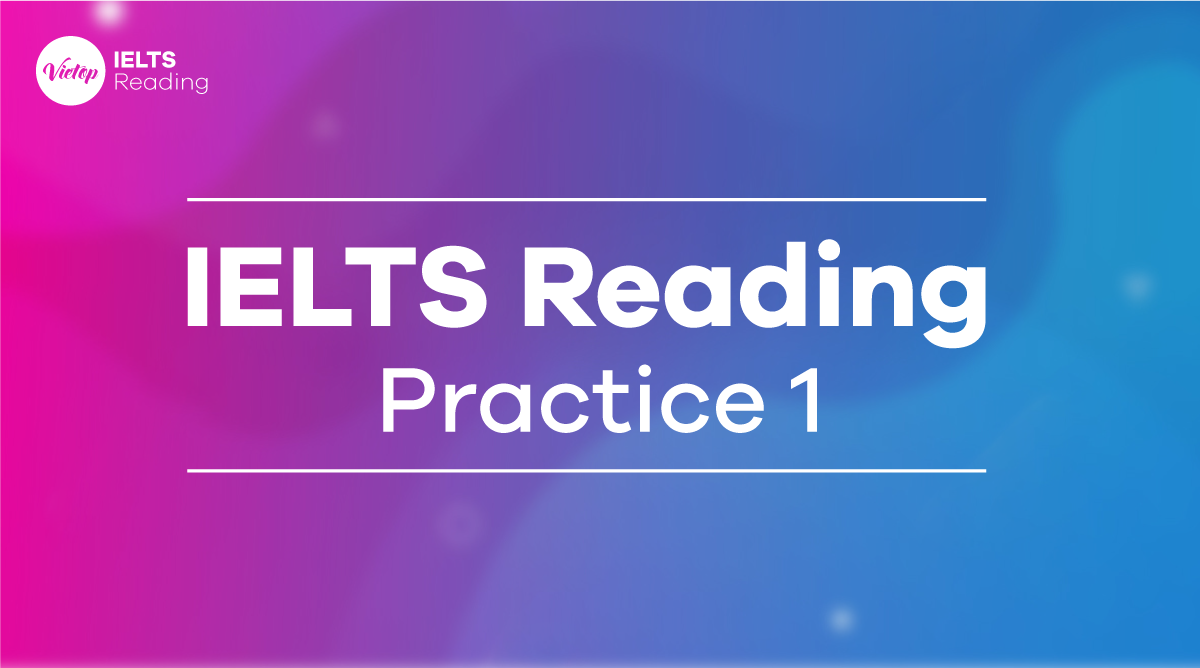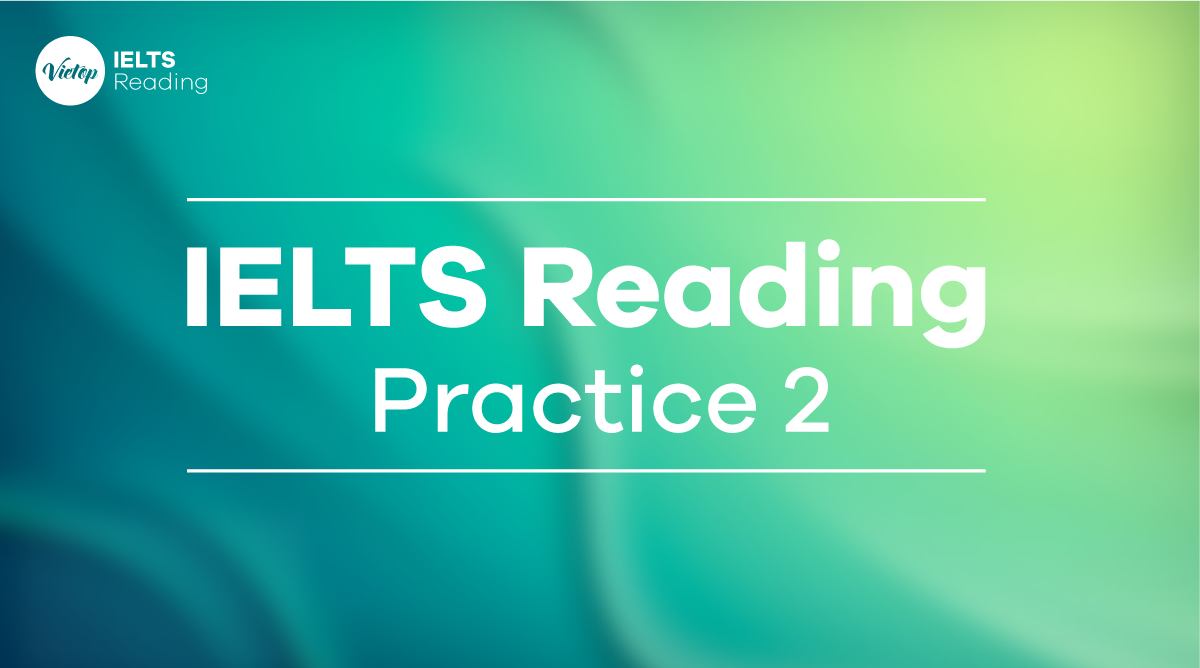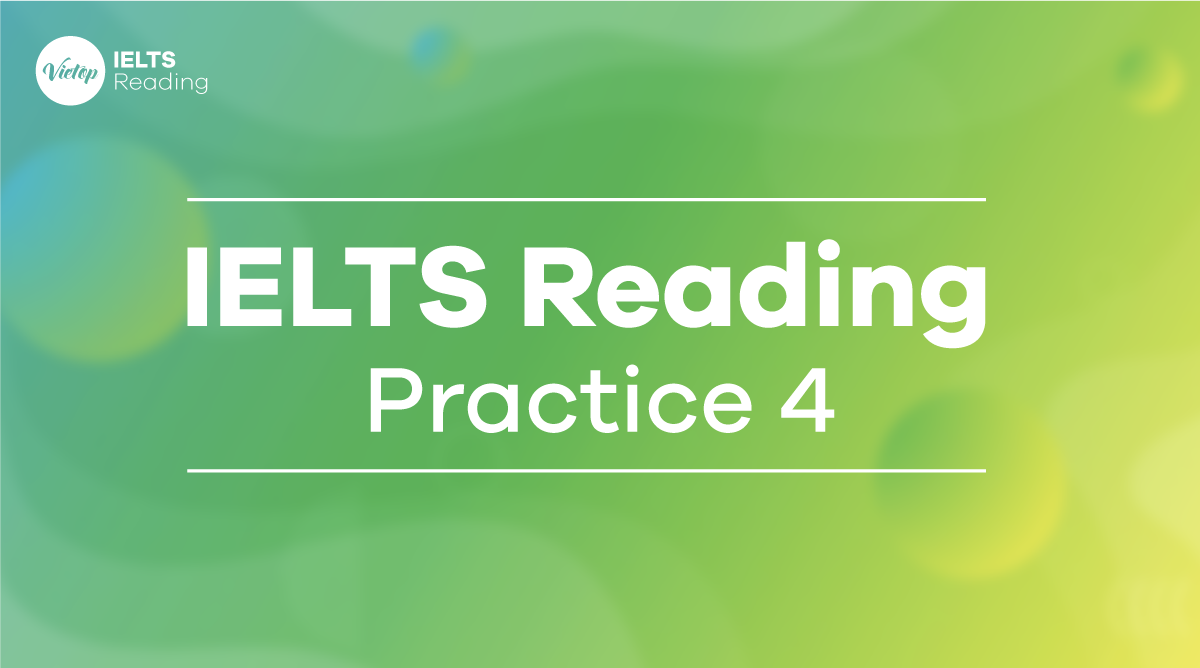IELTS Reading Practice 6 – Makete Integrated Rural Transport Project thuộc chủ đề chủ đề giao thông. Bài thi IELTS mà thanhtay.edu.vn cung cấp sẽ giúp các bạn tiến bộ rõ rệt hơn kỹ năng đọc của mình. Cùng đọc bài và trả lời các câu hỏi bên dưới bạn nhé!
1. Tìm hiểu đề thi IELTS Reading Practice 6
You should spend about 20 minutes on Questions 27-40, which are based on Reading Passage 154 below:
Makete Integrated Rural Transport Project
Section A
The disappointing results of many conventional road transport projects in Africa led some experts to rethink the strategy by which rural transport problems were to be tackled at the beginning of the 1980s. A request for help in improving the availability of transport within the remote Makete District of southwestern Tanzania presented the opportunity to try a new approach.
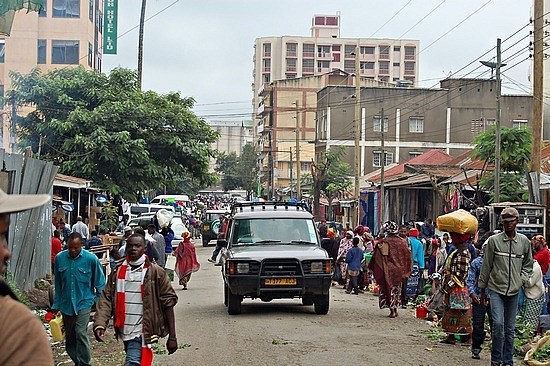
The concept of’ integrated rural transport was adopted in the task of examining the transport needs of the rural households in the district The objective was to reduce the time and effort needed to obtain access to essential goods and services -through an improved rural transport system. The underlying assumption was that the time saved would be used instead for activities that would improve the social and economic development of the communities. The Makete Integrated Rural Transport – Project (MIRT P) started in 1985 with financial support from the Swiss Development Corporation and was coordinated with the help of the Tanzanian government.
Section B
When the project began. Makete District was virtually totally isolated during the rainy “sensory. The regional road was in such bad shape that access to the main towns was impossible for about three months of the year. Road traffic was extremely rare in the district, and alternative means of transport were restricted to donkeys in the north of the distinct people who relied primarily on the paths, which were supper and dangerous during the rains.
Before solutions cook be proposed, the problems had to be understood. Little was known about the transport demands of the rural households, so Phase I. between December 1985 and December 1987, (focused on research. The socio-economic survey of more than 400 households in the district indicates that a household in Makete spent, on average, seven hours a day on transporting themselves and their goods, a figure which seemed extreme but which has also been obtained in surveys in other rural areas in Africa. Interesting facts regarding transport were found; 95% was on foot 80% was within the locality: and 70% was related to the collection of water and firewood and travelling to gunning mills-
Section C
Having determined the main transport needs, possible solutions were identified that might reduce the time and burden During Phase II from January to February 1991, a number of approaches were implemented in an effort to improve mobility and access to transport
An improvement of the rotted network was considered necessary to ensure the import and export of goods to the distinct These improvements were carried out using methods that were heavily dependent on labour. In addition to the improvement of roads, these methods provided training in the operation of a mechanical workshop and bus and truck services Hoverer. the difference from the conventional approach was that this time consideration was given to local transport needs outside the road network.
Most goods were transported along the paths that provided shortcuts up and down the hillsides, but the paths were a real safety ask and made the journey on foot even more arduous. It made sense to improve the paths by building steps, handrails, and footbridges.
It was uncommon to fix it means of transport that were more efficient than walking but less technologically advanced than motor vehicles. The use of bicycles was constrained by their high cost and the lack of available spare parts. Oxen was not used at all but donkeys were used by a few households in the northern part of the district MIRTP focused on what would be most appropriate for the inhabitants of Makete in terms of what was available, how much they could afford and what they are willing to accept After careful consideration, the project chose the promotion of donkeys – a donkey costs less than a bicycle – and the introduction of a locally manufacturability wheelbarrow.
Section D
At the end of Phase II, it was dear that the selected approaches to Makete’s transport problems had different degrees of success. Phase III from March 1991 to March 1993, focused on the refinement and must of these activities.
The road improvements and accompanying maintenance system have helped make the district center accessible throughout the year. Essential goods from outside the district had become more readily available at the market and prices did not fluctuate as much as they had done before.
Paths and secondary roads were improved only at the request of communists who were willing to participate in construction and maintenance. However, the improved paths impressed the inhabitants, and requests for assistance greatly increased soon after only a few improvements had been completed.
The efforts to improve the efficiency of the existing transport services were not very successful because most of the motorized vehicles in the district broke down and there were no resources to repair them. Even the introduction of low-cost means of transport was difficult because of the general poverty of the district The locally manufactured wheelbarrows were still too expensive for all but a few of the households. Modifications to the original design by local carpenters cut- production time and costs. Other local carpenters have been trained in the new design So that they can respond to requests. Nevertheless, a locally produced wooden wheelbarrow which costs around 500Q Tanzanian shillings (less than US$20) in Makete, and is about one quarter the cost of a metal wheelbarrow, is still too expensive for most people.
Donkeys, which were imported to the district have become more common and contribute, in particular, to the transportation of crops and goods to market Those who have bought donkeys are mainly from richer households but with an increased supply through local breeding, donkeys should become more affordable. Meanwhile, local initiatives are promoting the renting out of the existing donkeys.
It should be noted, however, that a donkey, which at 20,000 Tanzanian shillings costs less than a bicycle, is still an investment equal to an average household’s income over half a year. This dearly illustrates the need for supplementary measures if one wants to assist the rural poor.
Section E
It would have been easy to criticize the MIRTP for using in the early phases a top-down approach, in which decisions were made by experts and officials before being handed down to communities, but it was necessary to start the process from the level of the government authorities of the district It would have been, difficult to respond to the requests of villagers and other rural inhabitants without the support and understanding of district authorities.
Section F
Today, nobody in the district argues about, the importance of improved paths and inexpensive means of transport But this is the result of dedicated work over a long penned particularly from the officers in charge of community development They played an essential role in raising awareness and interest among the rural communities.
The concept of integrated rural transport is now well established in Tanzania, where a major program of rural transport is just about to start The experiences from Makete will help in this initiative, and Makete Distinct will act as a reference for future work.
Phần câu hỏi đặt ra:
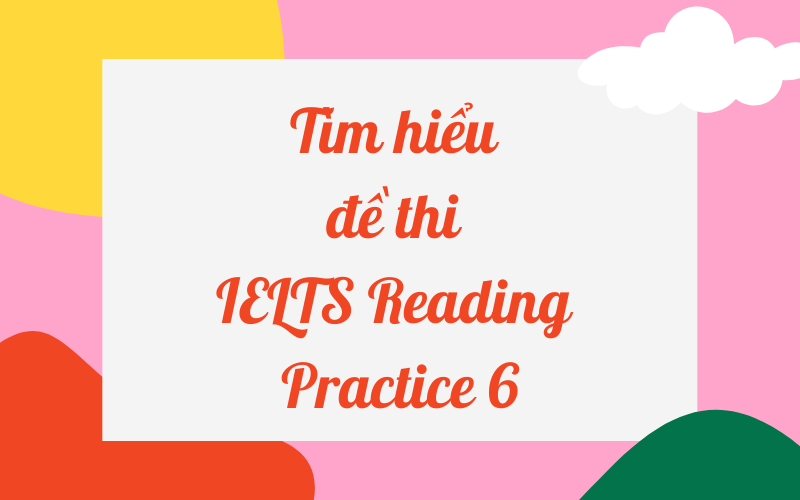
Tham khảo thêm về Khóa học IELTS tại Thành Tây
Câu hỏi 27 – 30: Reading Passage 3 has six sections, A – F. Choose the correct heading for sections B, C, E, and F from the list of headings below. Write the correct number, i – xi, in boxes 27 – 30 on your answer sheet.
_______________________________________________________
List of Headings
i. MIRTP as a future model
ii. Identifying the main transport problems
iii. Preference for motorized vehicles
iv. Government Authrities’ instructions
v. Initial improvements in mobility and transport modes
vi. Request for improved transport in Makete
vii. Transport improvements in the northern part of the district
viii. Improvements in the rail network
ix. Effects of initial MIRTP measures
x. Co-operation of district officials
xi. Role of wheelbarrows and donkeys
_____________________________________________________
Example Answer
Section A vi
Câu hỏi 27: Section B
Câu hỏi 28: Section C
Example Answer
Section D ix
Câu hỏi 29: Section E
Câu hỏi 30: Section F
Câu hỏi 31 – 35: Do the following statements agree with the claims of the writer in reading passage 154? In boxes 31 – 35 on your answer sheet write:
YES – if the statement agrees with the claims of the writer
NO – if the statement contradicts the claims of the writer
NOT GIVEN – if it is impossible to say what the writer thinks about this
Câu hỏi 31. MIRTP was divided into five phases.
Câu hỏi 32. Prior to the start of the MIRTP the Makete district was almost inaccessible during the rainy season.
Câu hỏi 33. Phase I of MIRTP consisted of a survey of household expenditure on transport.
Câu hỏi 34. The survey concluded that one-fifth or 20% of the household transport requirement is outside the local area.
Câu hỏi 35. MIRTP hopes to improve the movement of goods from the Makete district to the country’s capital.
Câu hỏi 36-39: Complete each sentence with the correct ending, A-J, below.
Write the correct letter, A-J, in boxes 36-39 on your answer sheet.
Câu hỏi 36: Construction of footbridges, steps and handrails
Câu hỏi 37: Frequent breakdown of buses and trucks in Makete
Câu hỏi 38: The improvement of secondary roads and paths
Câu hỏi 39: The isolation of Makete for part of the year
Câu hỏi 40: Choose the correct letter. A, B, C or D. Write the correct letter in box 40 on your answer sheet. Which of the following phrases best describes the main aim of Reading Passage 154?
A. to suggest that projects such as MIRTP are needed in other countries
B. to describe how MIRTP was implemented and how successful it was
C. to examine how MIRTP promoted the use of donkeys
D. toward that projects such as MIRTP are likely to have serious problems
2. Đáp án bài thi IELTS Reading Practice 6 Makete Integrated Rural Transport Project
| 27. ii | 28. v | 29. x | 30. i | 31. NO | 32. YES | 33. NO |
| 34. YES | 35. NOT GIVEN | 36. D | 37. I | 38. G | 39. E | 40. B |
Tham khảo thêm về IELTS Reading Practice 7, IELTS Reading Practice 8, IELTS Reading Practice 9
Trên đây là bài thi IELTS Reading Practice 6 Makete Integrated Rural Transport Project kèm đáp án. Nếu còn có thắc mắc về bất kỳ câu hỏi nào, bạn có thể để lại bình luận bên dưới bài viết nhé. Thanhtay.edu.vn chúc các bạn học tập tốt và thành công.


